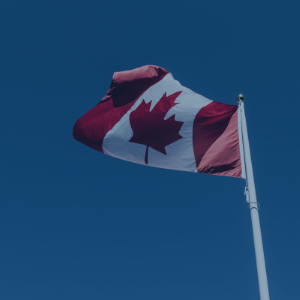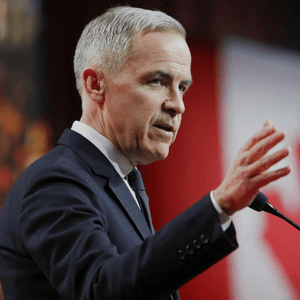
Today, INNOVATIVE released a new report assessing the impact of the UCP and NDP campaigns in the 2023 Alberta election. This report highlights key findings from an online survey of 1,006 Albertans conducted between May 29th and May 31st, 2023, using benchmarks from our April pre-election survey.

The key dynamic of the Alberta election was growing fears of Rachel Notley and the NDP as voters became less afraid of Danielle Smith and the UCP. Fear of the NDP rose 13 points in net agreement since January while fear of the UCP declined by 10 on the same measure. As a result, 50% now agree “The UCP has their problems, but they are still the best party to form government”, up from 39% in April.
That said, the campaign was always going to be more challenging for the NDP than the UCP. Many more Albertans feel closer to the UCP than the NDP. Many people outside of Alberta believe that is because Albertans are a lot more right-wing than the rest of Canada. We don’t see that. Only 18% of Albertans hold Populist Conservative values. The extra ingredient that cements the UCP edge in brand affinity is regional alienation. Albertans trust conservative parties federally and provincially to always stand-up for Alberta’s interest.
The challenge for the UCP was Rachel Notley. Only 21% of Albertans feel close to the NDP. But another 22% are non-New Democrats who like Rachel Notley. We saw something similar in the last Ontario election with the Doug Ford personal vote. Its hard to imagine the NDP remaining this competitive without Notley providing a bridge for non-New Democrats to vote NDP.
So, the campaign was a battle between a dented UCP regional brand and a limited NDP brand boosted by Rachel Notley’s personal reputation.
Notley’s image remained largely unchanged during the writ. Generally, she became a little worse on negative attributes. She gained some ground on positive attributes with Deferential Conservatives (think of Jim Prentice) but lost some ground with Pay-as-you-go Moderates (think of Roy Romanow).
Danielle Smith significantly improved her image in the election. Her net favourables grew 17 points over the election and she gained 9 points as Best Premier. Her biggest gains in positive attributes happened among Business Liberals (think Paul Martin) and Pay-as-you-go Moderates.
When we measure the campaign’s impact, it is not surprising to find the UCP dominated among Populist Conservatives (think Pierre Poilievre) and the NDP among the Core Left. What is interesting is how the conflicted value groups responded.
The NDP beat the UCP among Left Liberals (think Shelia Copps) and Deferential Conservatives.
The UCP beat the NDP among Business Liberals and Pay-as-you go Moderates. The groups the UCP won were a bigger share of the electorate than the groups the NDP won.
When we look at specific tactics, both campaigns were received well by their target audiences. Among the tactics we tested, electricity promises were the most appealing for both campaigns. Albertans liked Notley’s promise to cap electricity rates, while they also liked Smith’s promise to fight the federal 2035 net zero electricity standard.
A key element of this campaign that remains something of a mystery in our polling are the swing seats in Calgary. Outside of Calgary, the average swing from the UCP to the NDP was about 9 points. But in Calgary the average swing was 20 points. And that swing was not equal across the ridings. The NDP swing was much larger in swing seats than safe NDP seats. That might be because the NDP had a better, more focused ground game. Or it may be because of some unique demographic changes. But whatever the reason, election night was only as close as it was because the NDP gains were focused in the seats where they were needed the most.
































